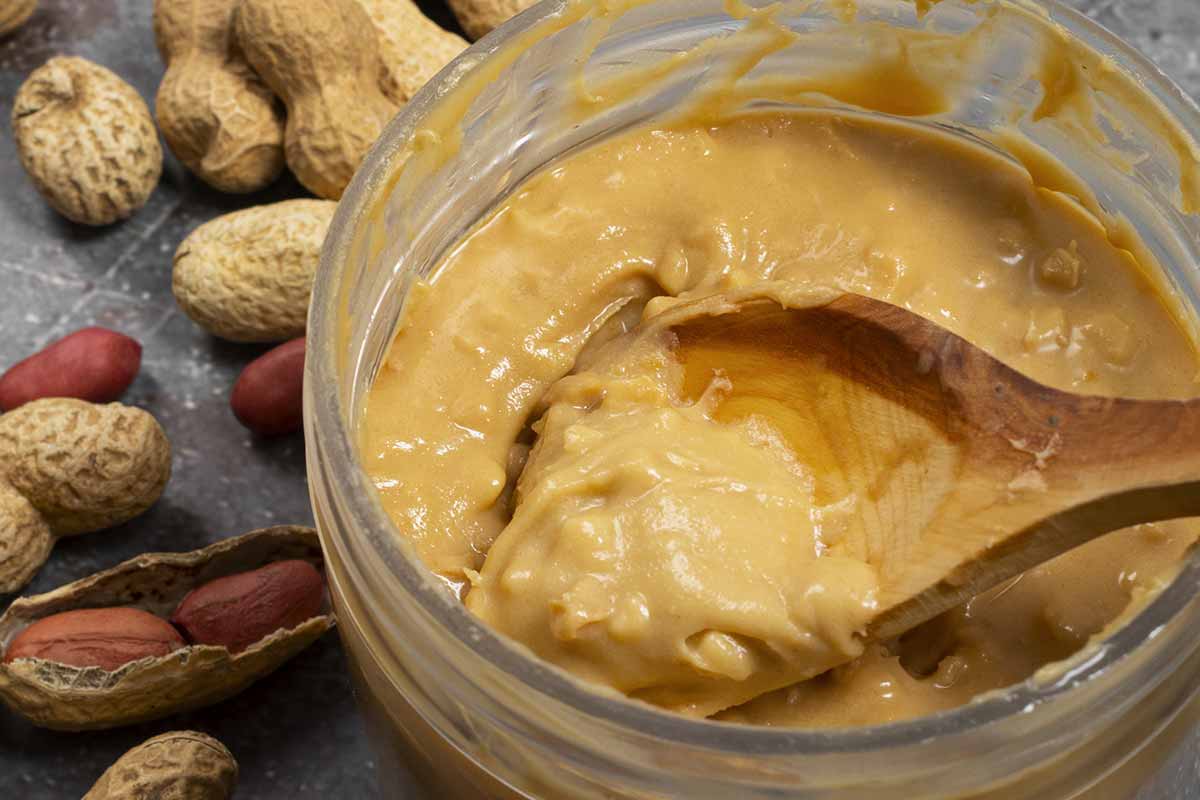A jar of peanut butter can sit for weeks without worry, but freshness has its rules. Once opened, peanut butter stays tasty if you adapt storage to the recipe and keep good hygiene habits. Small choices matter because light, heat, air, and crumbs all speed up rancidity. Storing it on a cool shelf or in the fridge will keep its flavor, texture, and safety for longer—without compromising spreadability or convenience.
The Basics That Define Shelf Life
Processed peanut butter keeps its texture thanks to stabilizers that limit oil separation, while sugar and salt help maintain consistency. Natural peanut butter, on the other hand, usually contains just peanuts—and sometimes salt—so the oil separates faster and the product spoils sooner.
Both types are safe at first, but once you open the jar, oxygen, humidity, and utensils start to change the game.
-
Processed peanut butter can usually be stored at room temperature in a cool, dry cupboard, away from ovens, dishwashers, and windows. A stable climate slows oxidation, while an airtight lid keeps odors out.
-
Natural peanut butter benefits from colder storage. Refrigeration slows down rancidity, keeps the oil from going off, and helps maintain a creamy emulsion for daily use.
Always check the instructions on the label, since brands fine-tune their formulas. A smart tip: write the opening date on the lid. That way, you’ll know exactly how long it’s been open and can judge quality with more confidence.
How Long Does Peanut Butter Last at Room Temperature vs. Refrigerated?
-
Processed jars: After opening, they stay fresh for 3 to 6 months at room temperature, and up to 9 months in the refrigerator. Cold storage slows fat oxidation, preserving flavor. Always reseal tightly to keep pantry odors and air out.
-
Natural jars: With just peanuts and salt, these last about 3 weeks at room temperature and up to 2 months in the fridge. Separation of oil is normal—just stir before spreading to restore creaminess.
Freezing is also an option. If you’ve opened a large jar you won’t finish soon, divide it into small airtight containers and freeze for up to 6 months. Thaw in the fridge, stir again, and enjoy without waste.
Spotting Spoilage: What to Watch For
You don’t need to be a food scientist—just use your senses.
-
Visual clues: Mold spots, gray streaks, or strange discoloration mean the jar is no longer safe. Excessive oil pooling in processed peanut butter is another warning sign of lost quality.
-
Smell: Fresh peanut butter should smell nutty and slightly sweet. A rancid jar smells sharp, bitter, or like paint. Trust your nose—if it smells off, don’t taste it.
-
Texture: Fresh peanut butter is smooth or slightly grainy. If it feels overly dry, gritty, or oddly firm, oxidation has set in. Natural jars may separate, but should regain creaminess when stirred. If lumps remain or the paste cracks instead of spreading, it’s time to toss it.
Storage and Hygiene Habits That Extend Freshness
A little care goes a long way.
-
Seal tightly: The lid is your first defense. Wipe the rim before closing so it seals properly and keeps air and moisture out.
-
Keep it cool: Avoid cupboards above stoves or near appliances. Heat accelerates spoilage and allows kitchen odors to seep in.
-
Use clean utensils: Always dip a clean, dry knife or spoon. Never double-dip bread into the jar—crumbs introduce moisture and bacteria. Serving a portion on a plate instead of directly from the jar helps preserve freshness.
For natural peanut butter, mixing is key. Stir from the bottom until the oil reincorporates evenly. To make the first stir easier, store an unopened jar upside down in the pantry, then flip upright once opened. This prevents leaks and keeps the texture uniform.
Smart Storage Hacks to Cut Waste
-
Smaller containers: Large jars let in more air each time you open them. Splitting them into smaller portions keeps the rest fresher longer.
-
Choose storage style based on use: If you make daily sandwiches, keep a small portion at room temperature for easy spreading and store the rest in the fridge.
-
Label with dates: Mark the opening date on the lid. Check smell and texture monthly. If in doubt, toss and replace—it’s safer and usually inexpensive.
Final Word on Peanut Butter Freshness
Peanut butter lasts longer than many spreads, but the rules depend on whether it’s processed or natural.
-
Processed jars: 3–6 months in the pantry, up to 9 months in the fridge.
-
Natural jars: About 3 weeks at room temp, 2 months refrigerated, 6 months frozen.
Your senses—sight, smell, and touch—are the best guides. At the first sign of spoilage, don’t risk it. With small storage habits and hygiene practices, you can enjoy safe, flavorful peanut butter anytime.
Peanut butter may seem simple, but with the right care, that jar becomes a reliable, long-lasting staple in your kitchen.
